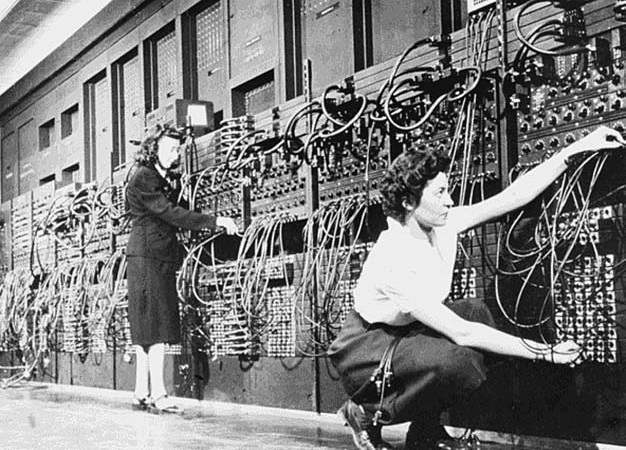
Figure 1 – The world’s first digital computer. Image from the Wikimediacommons and in the public domain. Uploaded by Anasalialmalla (own work) and put in the public domain by creative commons license.
In my blog yesterday, I intentionally illustrated it with a historic picture from the Kelmscott Press. Productions by William Morris at Kelmscott are some of the most beautiful and prized books ever created. There is something wonderfully tactile about a beautiful book or a beautiful photographic print that defies the fact that we can do better in purely electronic medium: better linearity, greater dynamic range, and even comparable resolution.
There seems to be a true human need to touch and feel an object, and an even greater one to own it. Owning a CD or other recording defies merely downloading it. And I suspect that this somehow relates to the need of some people to collect, to amass great collections. Rarity is desired. Tactility is sensual. These are the intrinsic human needs that any electron medium must ultimately overcome if it is to effectively compete with more substantive media.
I know this from my own personal experience. I take a photograph and process it to my liking. However, it is always aimed at an ultimate physical print, and I am not truly satisfied until I hold that print in my hand.
And there is another curious aspect of this to consider. We seem to believe that the purely physical is somehow more enduring than the electronic image. If you keep a diary or journal, for instance, you tend to believe that the physical journal will have a greater longevity than one keep electronically. Computer memory can be erased in a flash. The nature of storage media has historically changed at lightning speed. Try to find a way to read an 8“ floppy (1980’s technology) or even a zip drive (1990’s technology) and you will understand the persistent problem that the conservators at the Smithsonian Institution continuously face. Of course, understanding visual media like photography printed out is pretty straight forward. On the other hand, can you guarantee that your journal gloriously scripted can still be read a hundred years from now? Will people still know how to read cursive? It’s a lot like trying (for most of us) to read old German printing.
On the other hand printed words and photographs are getting costly to produce. They are costly to distribute. They are costly to store. And they are costly to conserve against the elements.
We come then to the purpose of libraries and galleries. No doubt there is something really special about seeing or reading an original. But the other purpose of these institutions is to store and disseminate information. Therein, lies the other way in which the internet specifically and the digital age in general become democratizing. Great works of art were originally prepared for kings and emperors. With the exception of public art and church art, nobody got to see these originals. Now anyone can see them electronically.
Control of information and its flow is power. Making information publically available electronically is empowering. So the internet and electronic digital media democratize at both ends. Firstly, the artist has essential control over his or her own dissemination. And secondly, the viewer has essential control over what he or she chooses to view.
Where is all of this going? Where is it taking us? In some regards the answer is unclear. Broadly however, we are moving more and more into a digital and electronic world. We are not given a choice really, the world and its media are evolving before our eyes.
